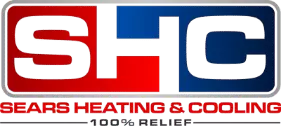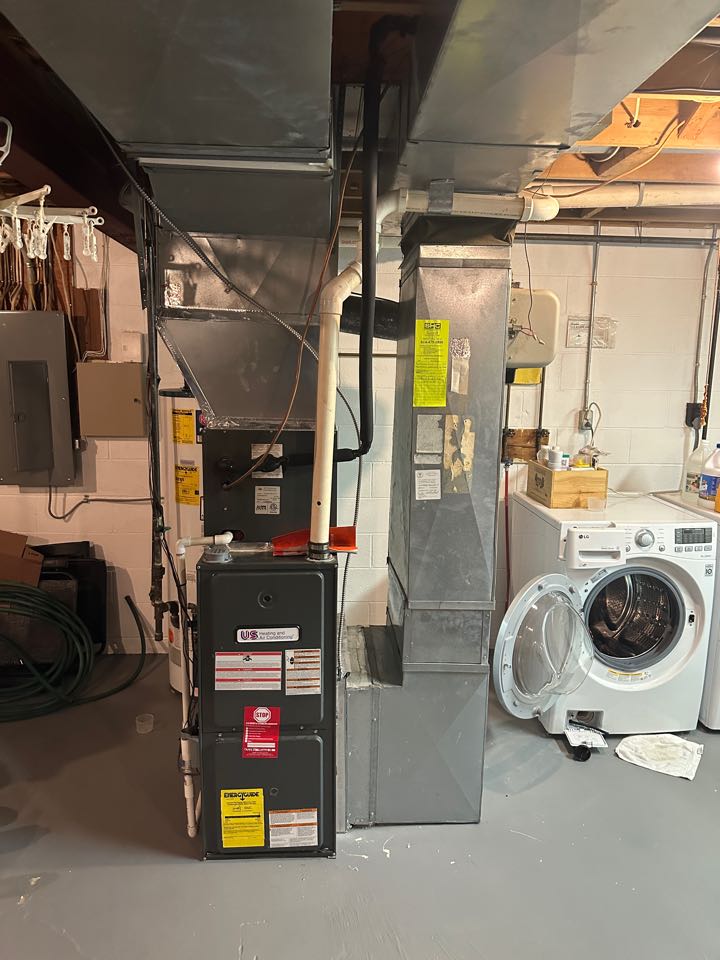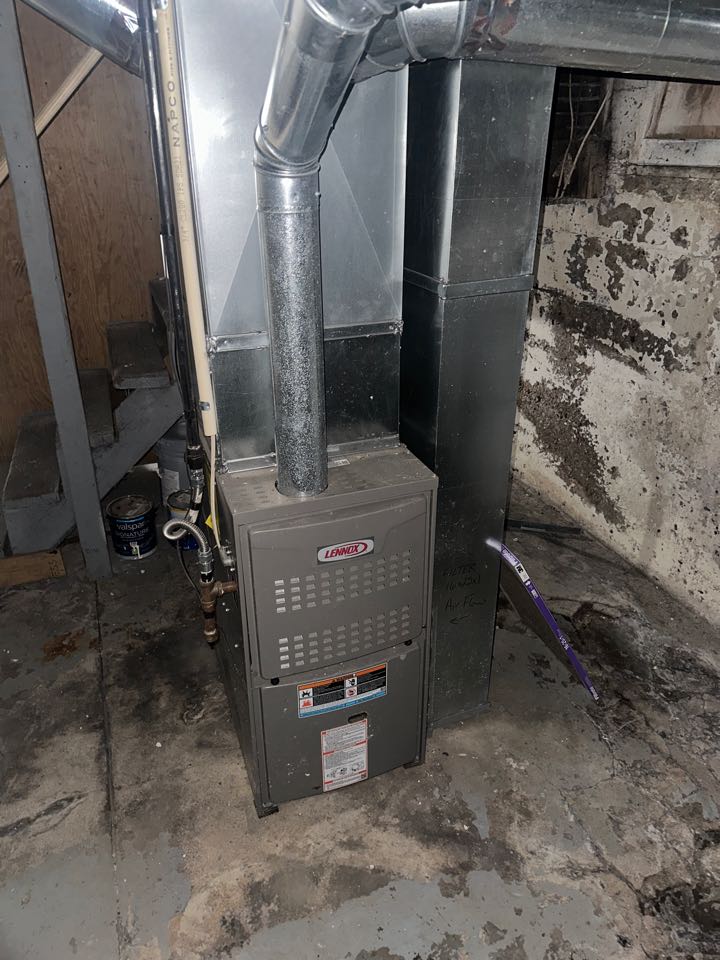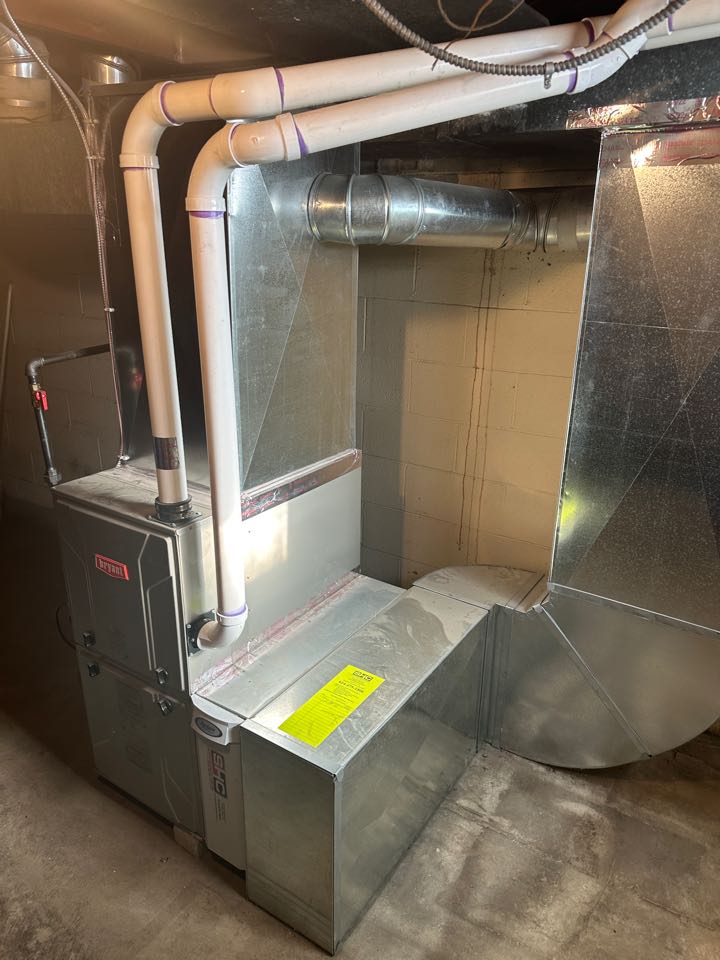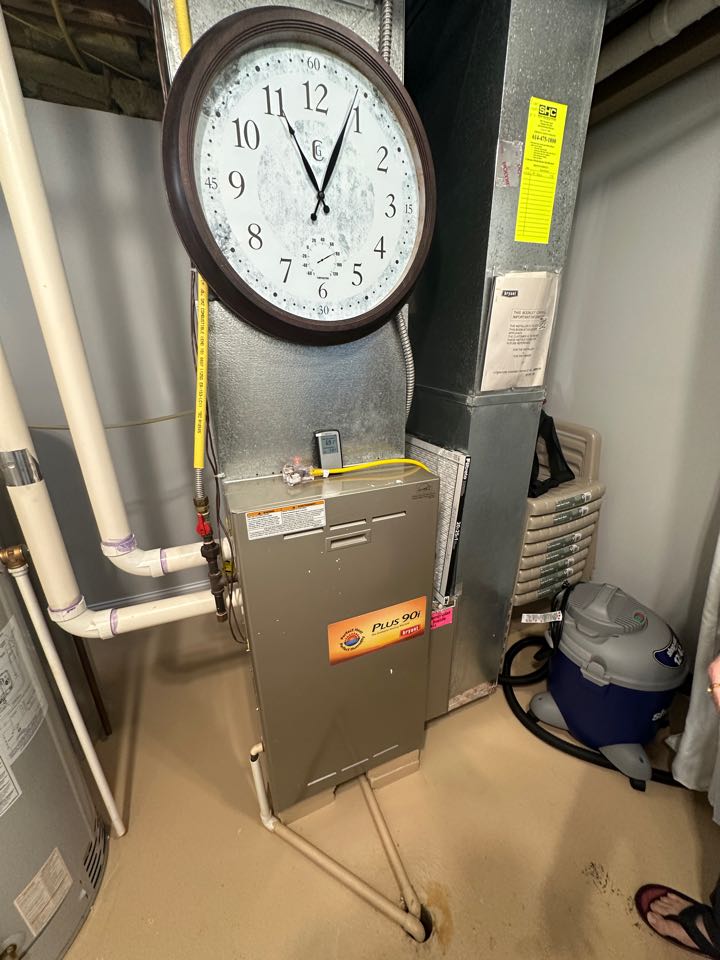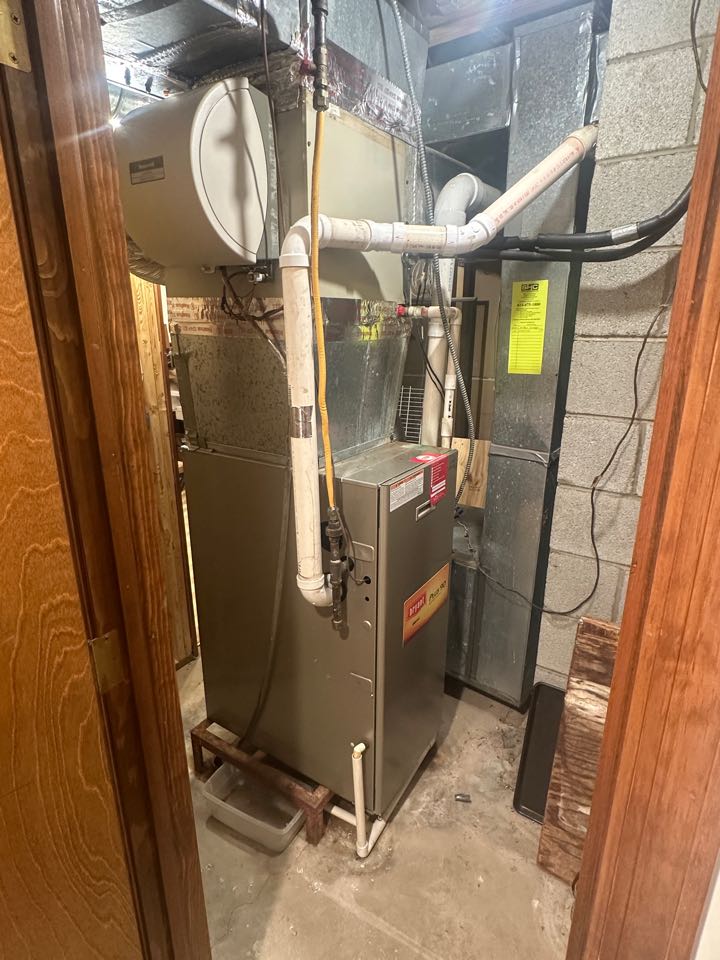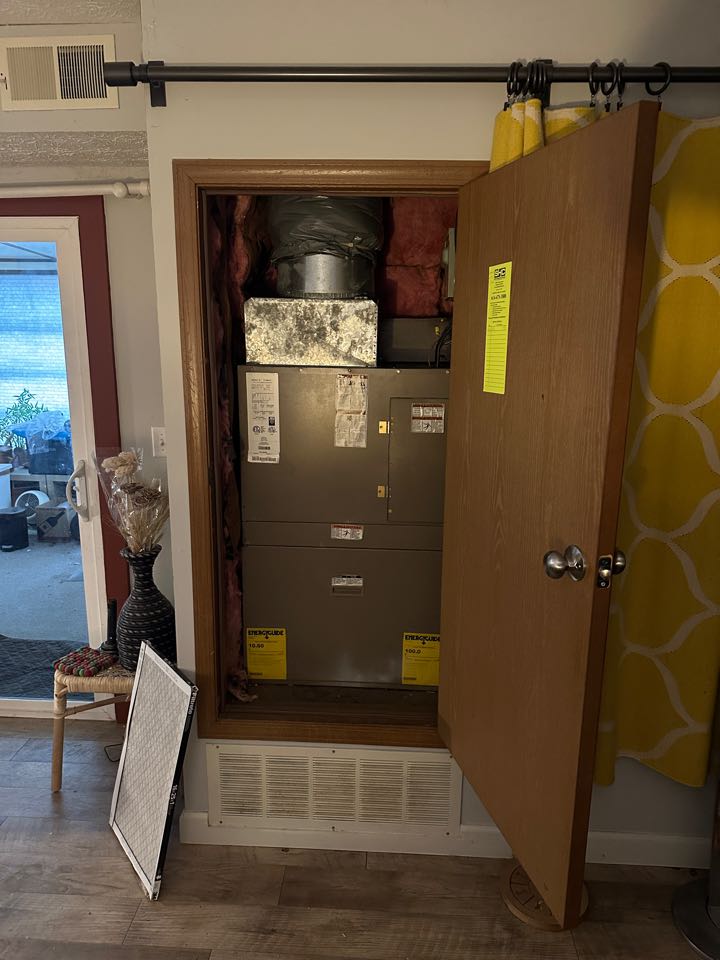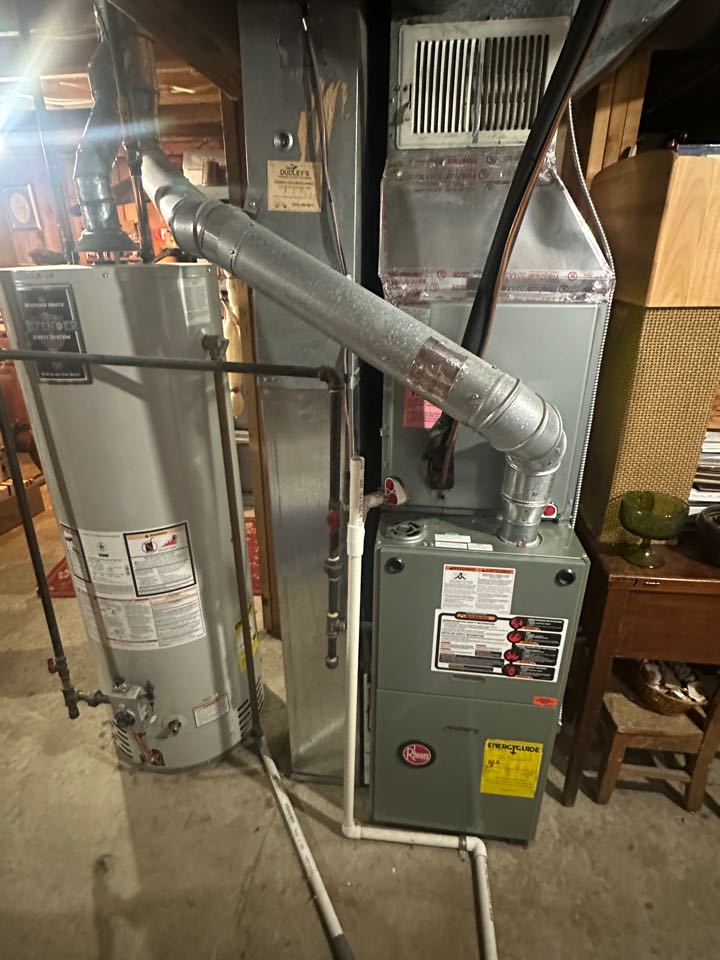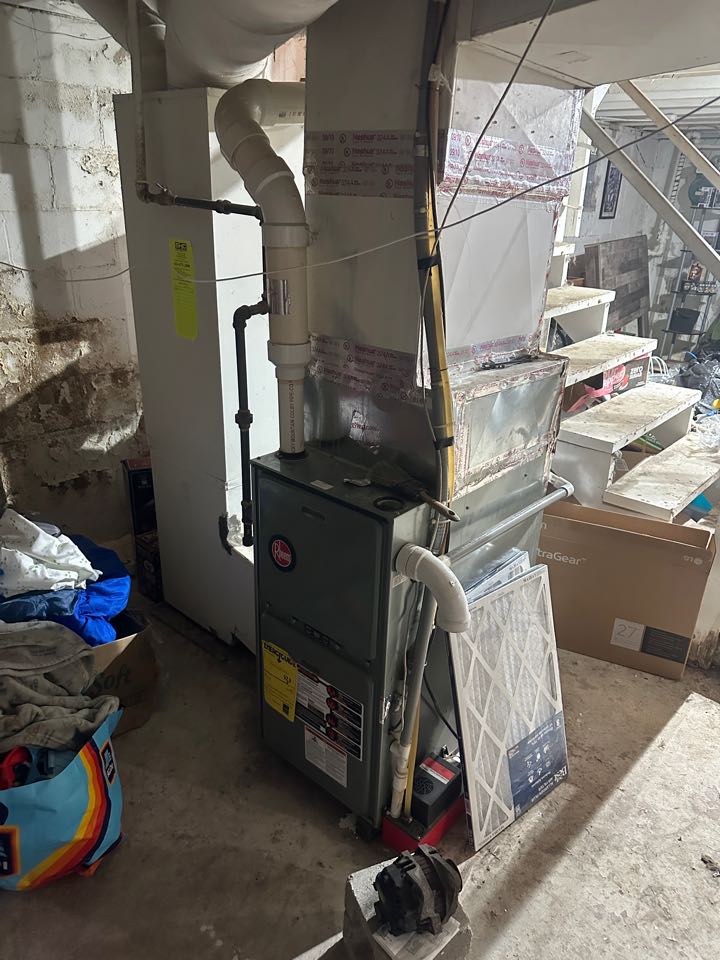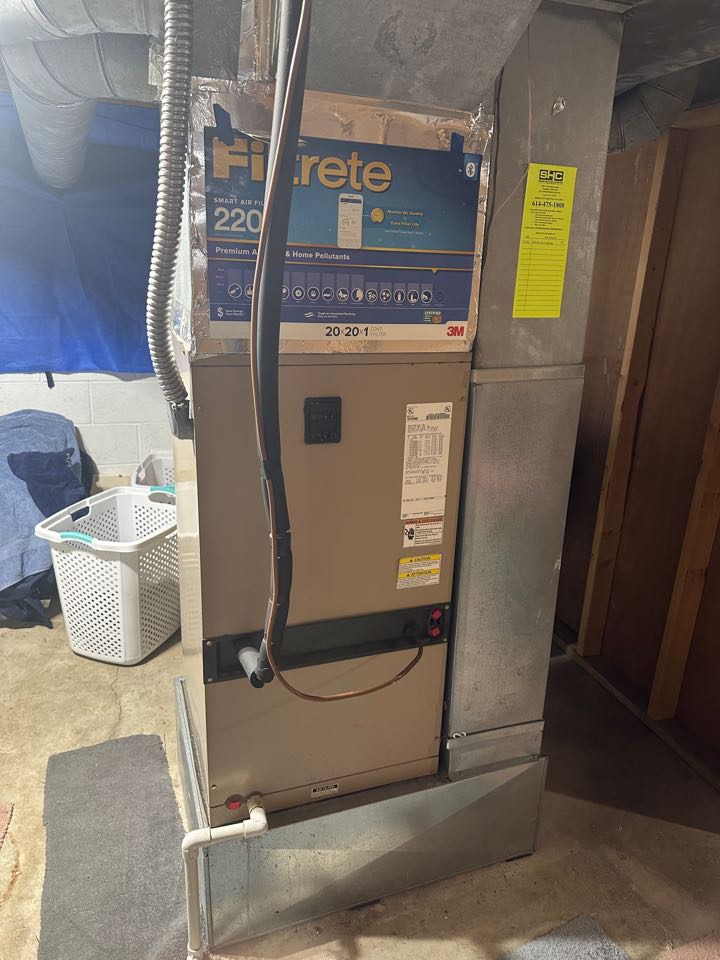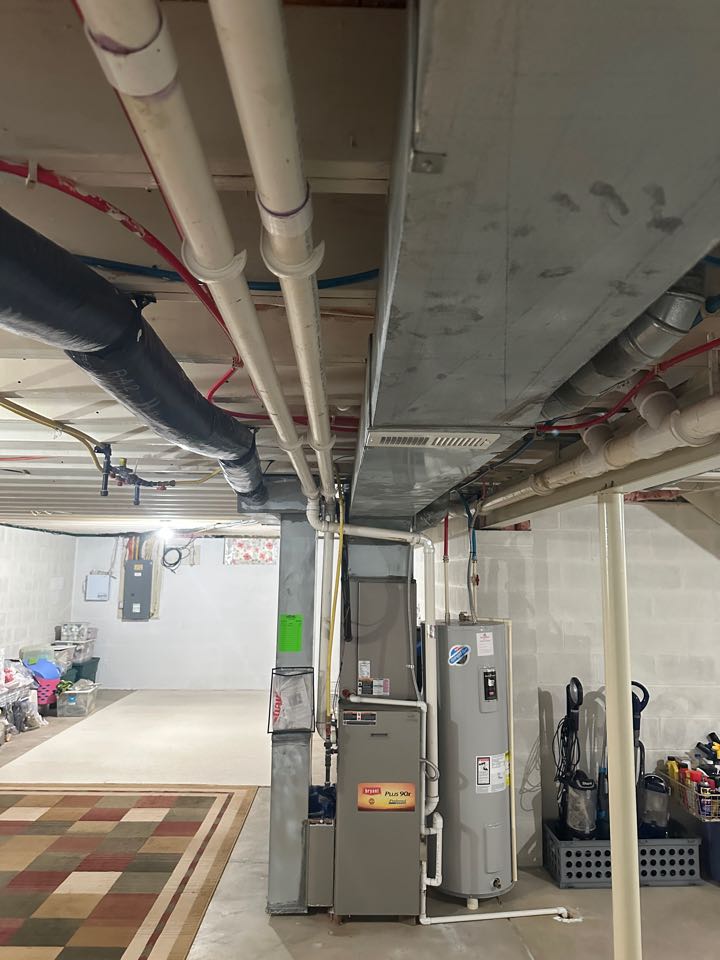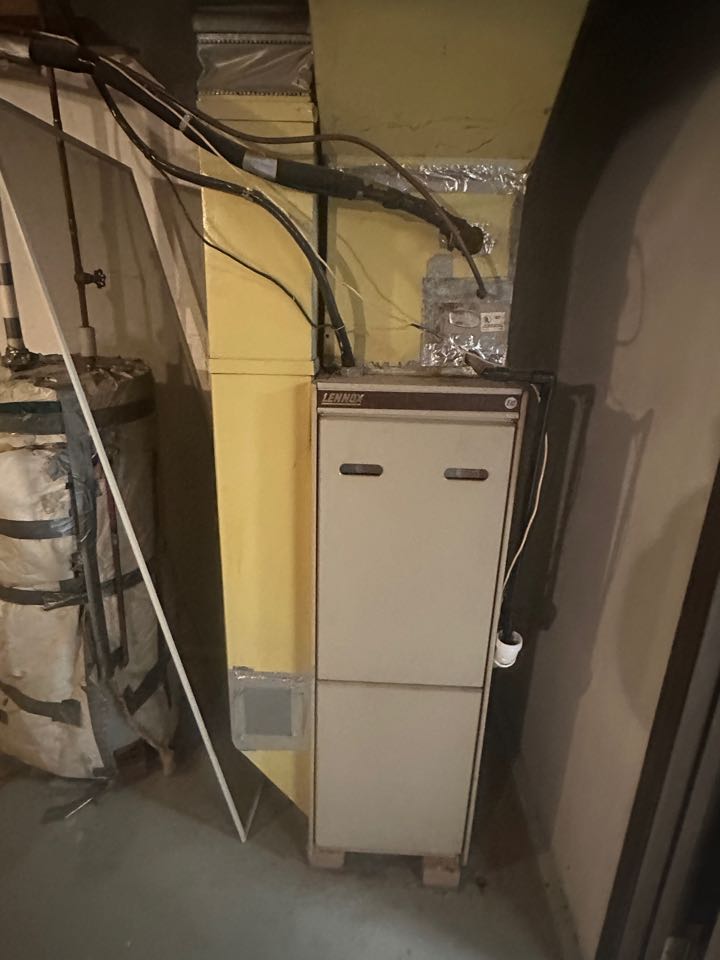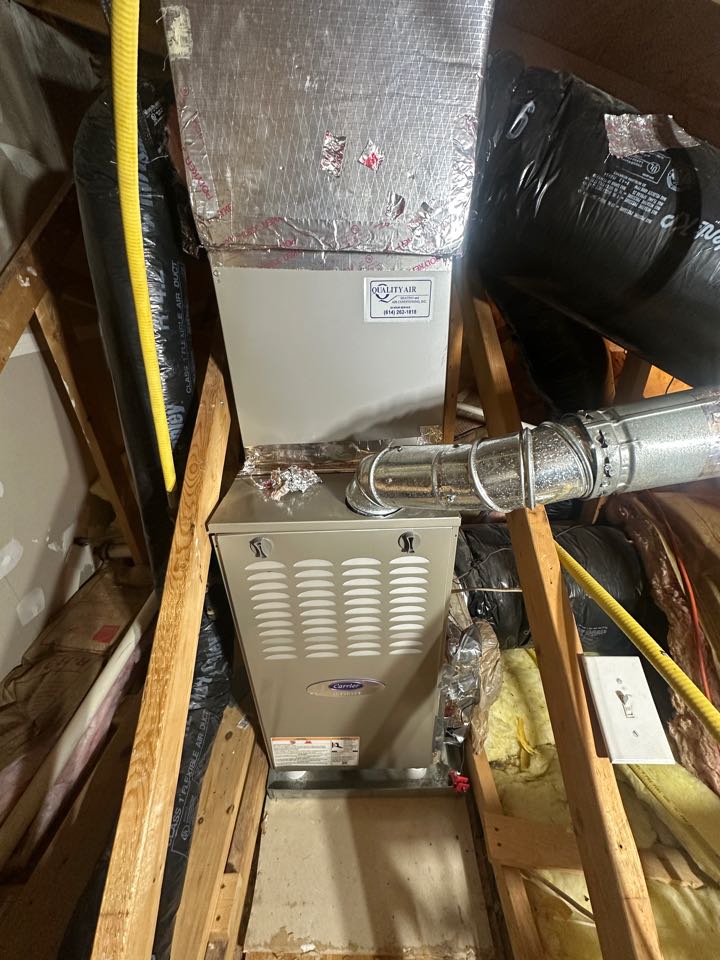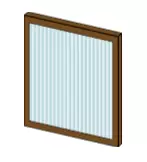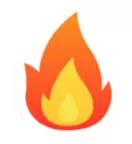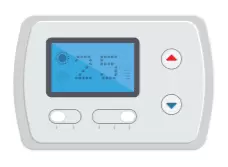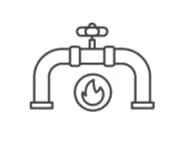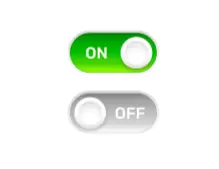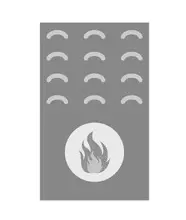
List of Common Furnace Problems
Once the first cold weather of the heating season hits, our phones start ringing off the hook with people having first of the season furnace problems.
A lot of these following issues can be prevented by having annual maintenance completed on your furnace.
Most of the furnace issues we see are basic repairs and can be fixed rather quickly.
Here is a quick list of the most common furnace problems we hear about on a daily basis:
Dirty, Clogged Filters
A dirty filter by far the leading cause of breakdowns that we see on furnaces.
Dirty or clogged furnace filters reduce airflow, making a furnace work harder to circulate indoor air.
Left unchanged, a dirty air filter will eventually overheat your furnace and you will need a furnace repair.
In some cases, a clogged filter may damage the limit switch, which will shut off your unit completely or trip a circuit breaker to prevent a fire from starting.
If you have a standard 1” filter, these should be changed every 30 days depending on the environment of the home.
If you have a 6” media filter, these are usually good for 6-12 months but should still be checked on a regular basis.
Electronic Ignition or Pilot Light Problems
All new furnaces today come equipped with electronic ignition.
If you furnace has a pilot light it is most likely quite old.
If your ignition system is not operating properly, there will be no heat coming from your furnace at all, just room temperature air.
Components included in the ignition system include the igniter as well as the thermocouple or flame sensor.
Malfunctioning Thermostat
A faulty thermostat can lead to problems with the fan or comfort levels of the home.
If you have recently installed your own thermostat, it is important to first verify that it is compatible with your HVAC system.
Some heat pump systems are not compatible with certain kinds of thermostats.
A blank screen on a thermostat is most likely a sign of batteries needing replaced, but some thermostats are hardwired to the furnace for power.
Be sure your thermostat is set to heat as well and not cool.
No Gas to Furnace
A furnace that is not receiving any gas to ignite is usually due to gas turned off to the home or a faulty gas valve on the furnace itself.
The heating system gas valve operates through the use of electromagnets, so if it is not receiving the correct voltage it will not operate properly.
Frequent Short Cycling
A furnace between the “On” and “Off” modes may indicate a clogged filter, improper airflow, an improperly sized furnace or an incorrect thermostat setting.
A short cycling furnace is bad for its health and will also increase your monthly energy bills as well.
Blower Continuously Runs
A furnace blower motor that is running non-stop is usually due to a dirty furnace filter, but could also be caused by an improperly sized furnace.
Also, be sure to check that your thermostat is set to “auto” and not “on”.
If your thermostat is set to “auto” the blower will run only when your furnace is heating your home.
If you have the thermostat set to “on” the blower will run all the time to filter the air in your home.
Furnace is Noisy
In general, the only time you should hear a furnace is when it starts up and shuts down as the two motors turn on and off.
If you are hearing any grinding or squeaking noise while the furnace is in operation, it could be a sign of a motor going bad or some other loose parts that need adjusted.
Carbon Monoxide Alarm
If your furnace is old, the heat exchanger may be starting to wear down.
If this part of the furnace starts to fall apart, carbon monoxide can begin to leak into the living spaces of your home.
During the proper operation of a furnace, the carbon monoxide along with the other exhaust gases are sent out through your chimney via the inducer motor.
Although it is possible to replace the heat exchanger in a furnace, it is usually not the most economical thing to do cost wise.
